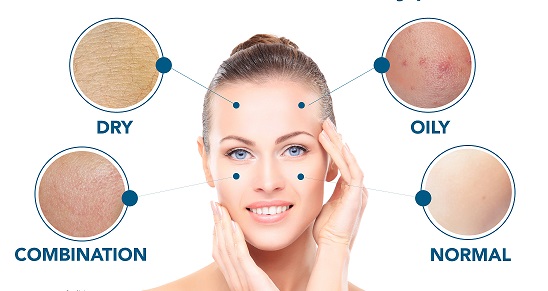The Lancer Ancestry Scale: Diving Deeper
The Lancer Ancestry Scale was developed by Dr. Lancer in 1998. The scale mirrored the well-known Thomas Fitzpatrick Classification Skin Typing System, which shows a person’s skin pigmentation in relation to their tolerance to sun exposure. At the time of the scale’s creation, Fitzpatrick was measuring the skin’s ability to tolerate UV rays to determine the correct dose of UVA to treat psoriasis. The scale lists six skin types including very fair, fair, light golden, olive, brown and dark brown.
After using the Fitzpatrick scale, Dr. Lancer created the Lancer Ancestry Scale to build on the concept by adding heritage into the equation. Lancer Ancestry Scale (LAS) was developed to help dermatological specialists clearly assess and understand the nature of the biologic function of each individual patient that they’re treating. In prior years, medical specialists used to determine skincare regimens and procedures based off of the patient’s skin color, hair color and eye color but what’s on the surface can be deceiving.
According to Dr. Lancer, you could have a blue eyed, blonde hair, fair complexion patient that looks like the ideal candidate for a laser or chemical peel treatment, but they may not be right for the treatment after all. A dermatologist needs to know the global origin of each patient in order to know if there are any hidden genes in the skin before deciding on the proper skincare regimen or procedure for an individual. For Instance, when Dr. Lancer sees a new patient, he always asks them to speak of their ancestry as far back as they know and most times he finds that the pigmentation in the patient’s skin is not an accurate reflection of their genetic ancestry. A patient could be carrying genes for a darker skin type, but those genes could be hidden in a porcelain complexion. Without knowing a patient’s ancestry, dermatologists could recommend treatments that could damage the skin rather than repair it. A person’s planetary origins influence skin response to topical therapy and can also influence healing time after various procedures.
Below is Dr. Lancer’s LAS scale which shows an ancestral background column with the appropriate LES Type.
Lancer Ancestry Scale (Based on geography & heredity)
| Ancestry Background | LES TYPE |
|---|---|
| African Background | |
| Central, East, West Africa | V |
| Eritrean and Ethiopian | V |
| North African, Middle East Arabic | V |
| Sephardic Jews | IV |
| Asian Background | |
| Chinese, Korean, Japanese, Thai, Vietnamese | IV |
| Filipino, Polynesian | IV |
| European Background | |
| European Jews | III |
| Celtic | I |
| Central, Eastern European | II |
| Nordic | I |
| Northern European | I-II |
| Southern European, Mediterranean | III-IV |
| Central/South American Background | |
| Central/South American Indian | IV |
| North American Background | |
| Native American | III |
To find a patient’s LES type, simply add up the numbers that correspond to their grandparents ethnicities and divide by four. The higher the number, the more likely they’ll experience complications with healing after a cosmetic procedure. It’s also important to note that they might experience an adverse reaction to aggressive resurfacing procedures, including laser treatments and chemical peels.
| LES Skin Type | Risk |
|---|---|
| LES I | Very Low |
| LES II | Low |
| LES III | Moderate |
| LES IV | Significant |
| LES V | Considerable |
Having recently modified the scale’s title, we now look to it as: Ancestry According to Latitude and Longitude. Our global ancestry influences skin topical therapy as well as skin medical procedural therapy. For ancestral information, It’s not the name of the country of the patient that matters, it’s multi generation cumulative of what parts of the planet their family origins arise. If a patient’s multigenerational ancestry are closer to the Northern Hemisphere, chances are the skin is less likely to scar during a procedure than if it’s closer to the equatorial parts of the planet.

